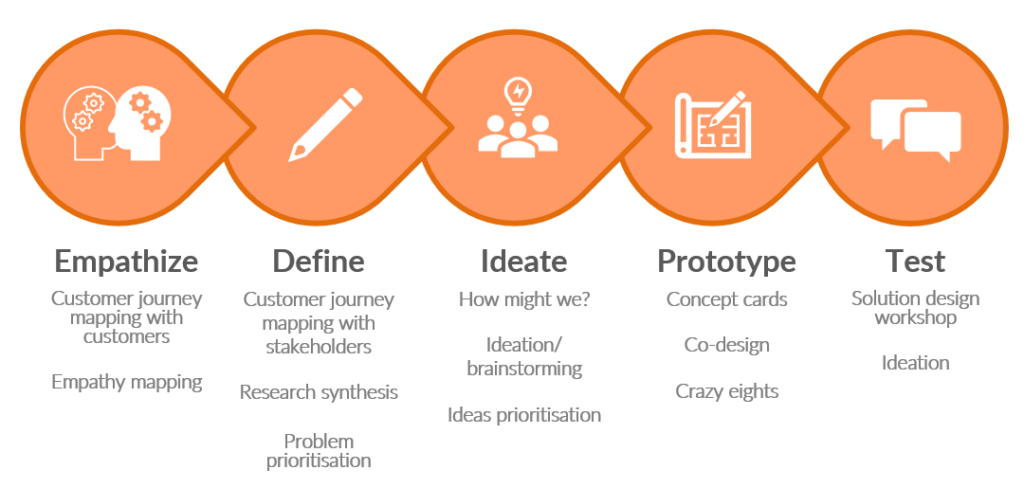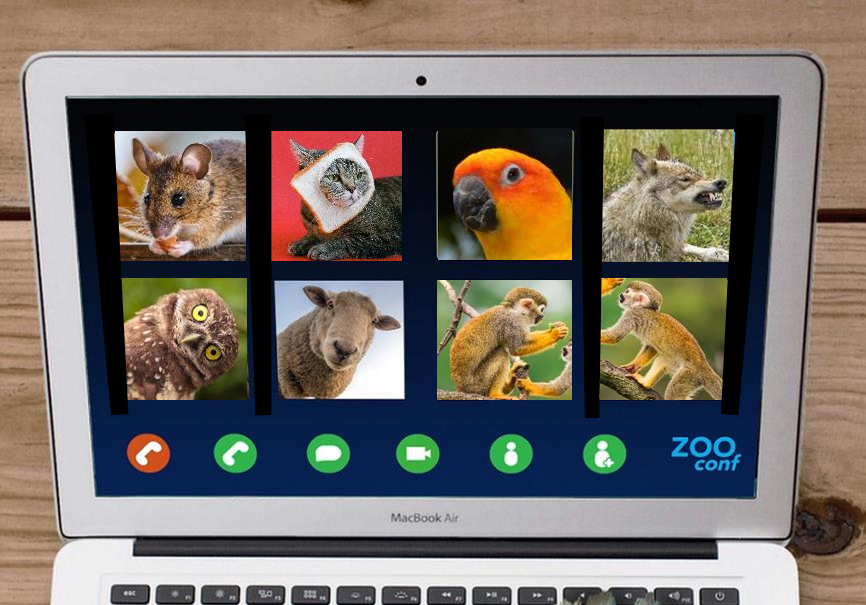Let me share with you the ultimate horror story from my working career in that hope that you never have to experience what I did.
Learn from my mistakes
Over 20 years ago, I was recruited by a large consulting firm, to conduct user research and document user requirements for a tourism portal. The project was well within my comfort zone as I’d just finished my Masters Research thesis on online travel user behaviour.
After that initial project wrapped up though, I was thrown in the deep end to work on projects that were out of my depth. It was sink or swim. I had little experience and I often felt like an imposter. We have all been there, right?
One of those ‘character building’ moments was right around the corner.
One day, a senior manager came up to me and asked me to run a workshop for her. All I had to do was present a few slides and get feedback from a group of teaching staff. The objective was to get their buy-in on a new process where their performance would be reviewed for the first time. I’d been given basic training in core competencies such as ‘facilitation skills’ so I said, “Sure [Gulp]. How hard can it be [Gulp]?”
I had one hour to get my head around a bunch of PowerPoint slides before I had to present to a large group of angry teachers and gather their feedback. These employees had not been consulted about the new process and, it’s safe to say, they were not happy about the prospect of having their performance reviewed for the first time!
As the facilitator, I became the target of the group’s anger and I felt a bit like a punching bag. They wanted to shoot the messenger (me) and I found it hard not to take it personally because I didn’t have the facilitation skills and experience to handle them. It was certainly a memorable day in my working career.
My facilitation training at that time was based on ‘old school’ workshop methods. Many of the fundamentals I was taught then are still valid but I really wish I knew then what I know now.
What I have learned over the last 20 years as a UX consultant, is that traditional workshops and focus groups (or “talk fests” as I call them) are simply not effective. They don't effectively engage group participants to understand a problem and creatively come up with solutions. Workshops that rely on open discussions are rarely productive and don’t leverage the group’s expertise.
Why facilitation is a core skill for managers and designers
Workshop facilitation is a core 'soft skill' for designers, researchers, product managers, business analysts, and business managers.
If you are in one of these roles then you may need to engage customers in discovery workshops to understand attitudes, motivations, and customer journeys.
More importantly, you’ll need to engage business stakeholders to bring them on the journey, help them understand the problem, get their buy-in, and be part of the solution. You simply can’t create engaging customer experiences and solve business problems without the support of business stakeholders.
As a UX consultant, I have learned that the most effective way to engage stakeholders is by applying a ‘Design thinking’ approach and using creative workshop techniques.
How Design thinking workshops are different to traditional workshops
One fundamental difference is that we align workshops to the Design thinking process. Rather than running a ‘talk fest’, where you only hear from the dominant extroverts in the room, we use creative workshop methods and gameplay techniques to lead all participants in the group toward a common goal.
Here are some examples of Design Thinking workshops that are much more effective than a traditional workshop. I cover these more in depth in our Facilitating creative workshops training course.
1. Empathise:
- Customer journey mapping workshop with customers
- Empathy mapping workshop
2. Define:
- Customer journey mapping workshop with business stakeholders
- Research synthesis workshop
- Problem prioritisation workshop
3. Ideate:
- ‘How might we?’ workshop
- Ideation/brainstorming workshop
- Ideas prioritisation workshop
4. Prototype:
- Concept card workshop
- Collaborative design (‘co-design’) workshop
- Crazy eights workshop
5. Test:
- Solution design workshop (post-testing)
- Ideation workshop (post-testing)

Tips for organising and facilitating a successful Design thinking workshop
When workshops go pear shaped, it is usually because they have not been well planned, properly prepped or the wrong attendees are present. I recommend a five phase approach to running a successful workshop as follows:
- Plan – What are your workshop objectives, methods you will use, attendees, venue (in-person or remote), length, date, time, and logistics?
- Invite – Think about how you might get participants to attend; pay attention to invitation wording.
- Prepare –Prepare your materials and reconfirm all the details before the day. On the day, allow at least 30 minutes to set up and always set up your technology first (because if it can wrong, it will).
- Run – Ensure you open and close the workshop properly. Include a welcome, icebreaker, and acknowledge the traditional custodians of the land. When discussing topics, think about the why participants are actually asking questions. Try to manage difficult participants (see tips below). Manage your time effectively and agree on next steps at the end.
- Collate & Communicate – Ensure you collate and distribute workshop outputs to attendees, acknowledging their contribution.
Tips for dealing with difficult participants
I cover this in depth in our Facilitating Design Thinking workshops training course but here are some quick tips that may help you if you are about to run your own workshop.
- Flakes – Remember there are no dumb ideas (in theory). Validate their ‘interesting’ ideas and ask the group for other ideas or pull out any elements of their idea that are good.
- Babblers – Paraphrase back to them to confirm or ask them to summarise in few words so you be sure you write up the correct thing.
- Private chatters – Politely call them out. Ask them to hold their thoughts and listen to the speaker or stand right behind them if they are having a private unrelated conversation.
- Attackers – Do not argue with dominant participants. Try to deflect to the group and ask what others think.
- Question askers – Think about WHY they are really asking you questions. Their intentions may not be honourable. Are they trying to catch you out and make themselves look good?
- Quiet introverts – Use creative workshop techniques such as affinity diagramming to ensure equal input from introverts and extroverts and to allow time for introverts to process internally.

Next steps – want to learn more?
Hopefully, these tips will give you the confidence to organise and facilitate your own workshop.
These tips just scrape the surface on how to engage stakeholders and facilitate effective design thinking workshops. If you are interested to learn more, I have created two new courses you may be interested in.
- Facilitating Creative workshops – 4 X 2-hour training remote interactive workshops (join from anywhere in the world). Learn how to conduct design thinking workshops and engage remote participants using online meeting and collaboration tools.